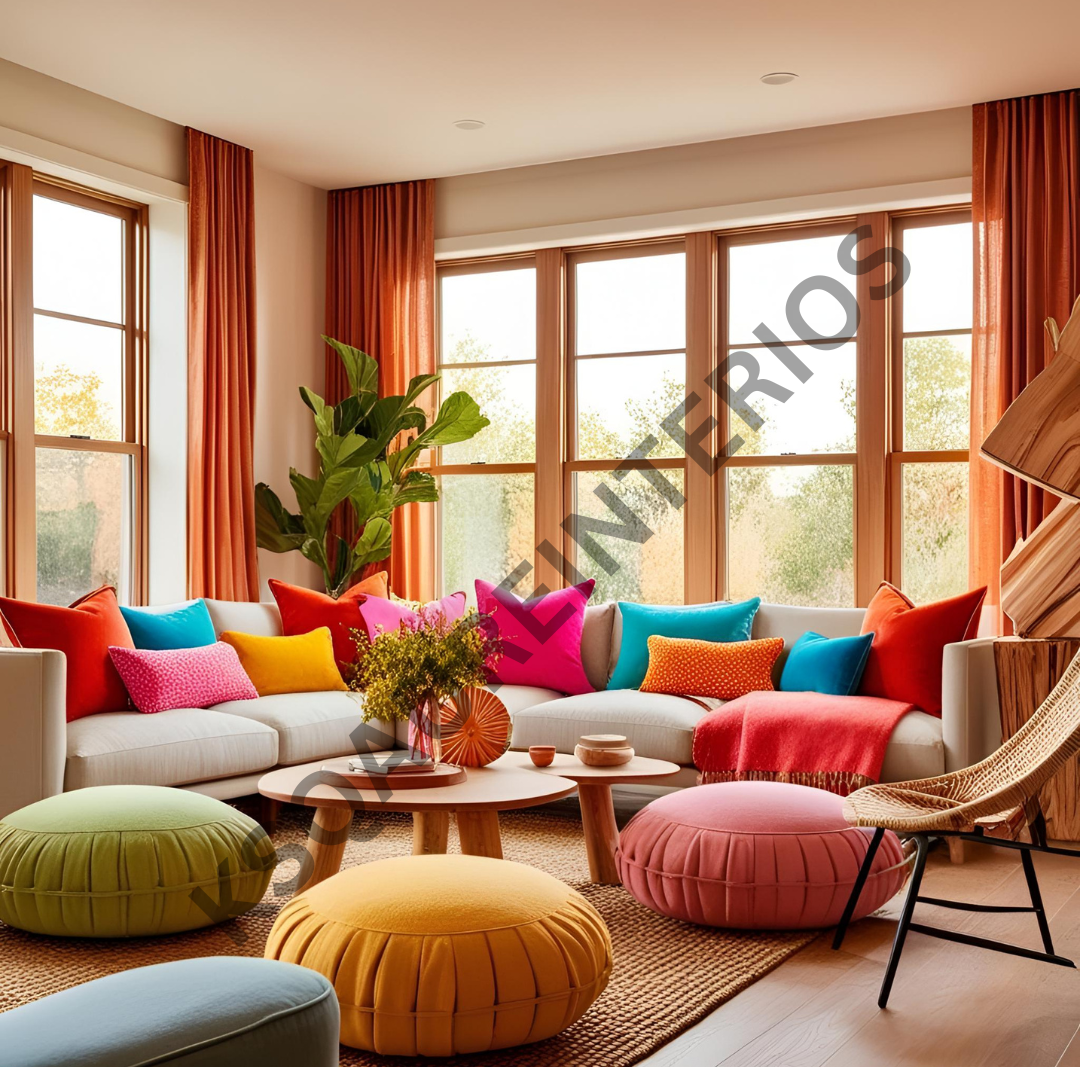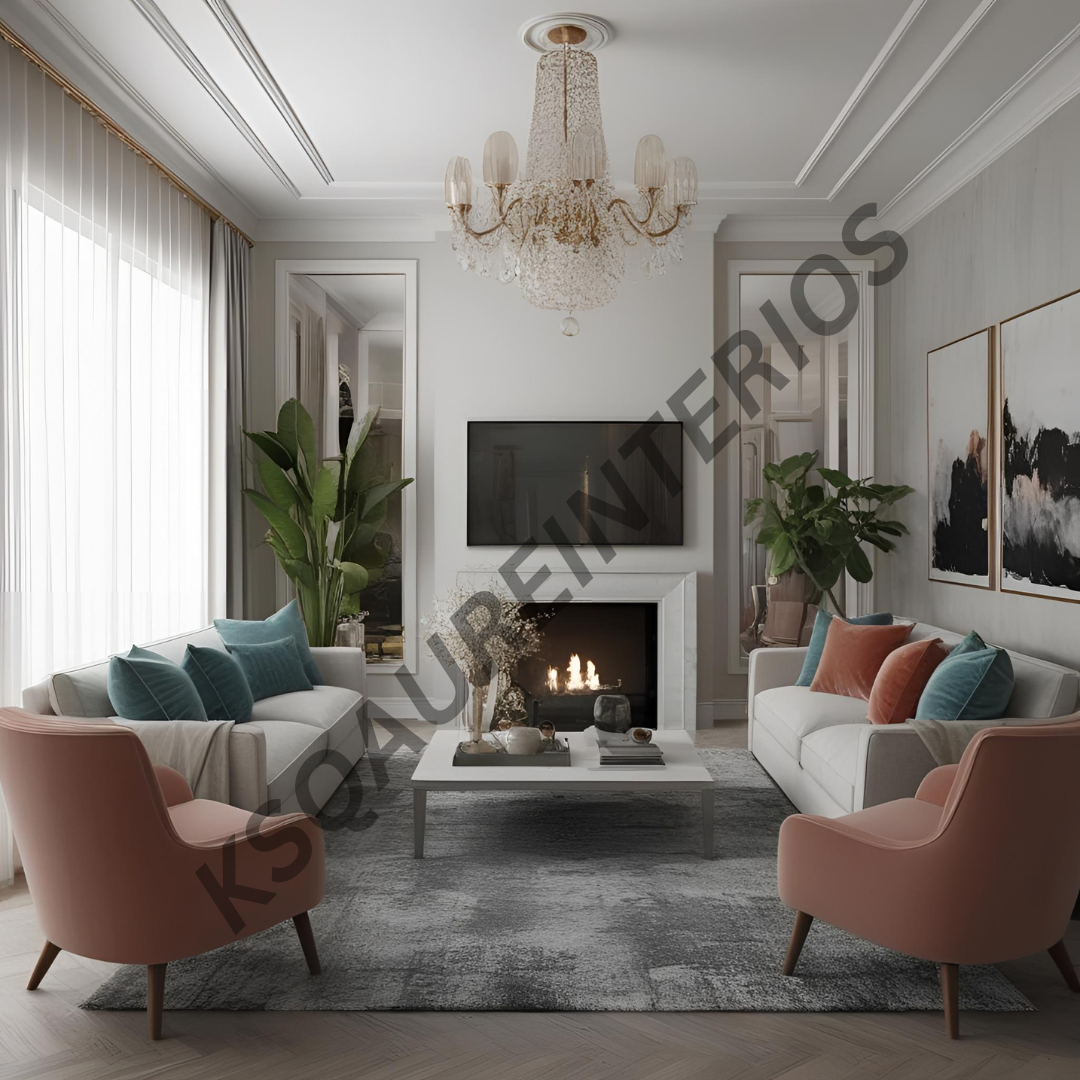
Budget-Friendly Interior Design: A Step-by-Step...


Budget-Friendly Interior Design: A Step-by-Step Guide to Creating a Stylish Home on a Budget Designing a beautiful, functional space doesn’t always require a large budget. With a bit of planning and creativity, you can transform your home into a stylish haven without overspending. Here’s a step-by-step guide to achieving budget-friendly interior design: 1. Start with a Plan Why it’s important Creating a clear plan helps you avoid impulse purchases and ensures that every decision is made thoughtfully. What to do - Assess each room and determine its primary function. - Set a budget for each area, focusing on essentials like furniture, lighting, and storage. - Prioritize your needs—does the room need furniture upgrades, better lighting, or decorative touches? 2. Repurpose and Upcycle Furniture Why it’s important: Repurposing existing furniture is a cost-effective way to give your space a fresh look. What to do: - Repaint or reupholster old furniture to match your new design. - Swap out old hardware (like drawer pulls) to modernize pieces. - Look for ways to reuse items in different ways (e.g., an old ladder as a bookshelf). 3. Shop Smart: Thrift and Discount Stores Why it’s important: Thrift stores and discount retailers offer unique and affordable furniture and décor. What to do: - Check out local thrift shops, garage sales, or online marketplaces for second-hand furniture and décor. - Look for quality items that can be easily updated with a little creativity (e.g., a new coat of paint or new fabric). - Be patient and take your time hunting for hidden gems. 4. DIY Décor and Art Why it’s important: DIY projects can add a personal touch to your home without the high costs of professional art or décor. What to do: - Create your own wall art using affordable materials (like canvas and paint or printable posters). - Make custom throw pillows, or sew your own curtains for a fraction of the cost of store-bought options. - Try upcycling old items, such as turning glass jars into vases or wooden pallets into shelves. 5. Focus on Lighting Why it’s important: Lighting is one of the most effective ways to change the ambiance of a room without spending much. What to do: - Opt for affordable, stylish light fixtures like pendant lights or floor lamps. - Use string lights or LED strips to add warmth and coziness at a low cost. - If you have natural light, maximize it by using light, airy window treatments or no curtains at all. 6. Choose Neutral Colors Why it’s important: Neutral colors make your space feel open and fresh, and they’re less expensive to maintain. What to do: - Stick with classic shades like white, beige, and gray for walls and large furniture items. - Add pops of color with affordable accessories like cushions, rugs, or throws. - Neutral tones allow for easy changes over time, keeping your space versatile. 7. Use Multi-Functional Furniture Why it’s important: Multi-functional furniture saves both space and money by serving more than one purpose. What to do: - Look for furniture that doubles as storage, such as coffee tables with hidden compartments or ottomans that open up. - Consider a fold-out couch for small spaces that may need to convert into a guest bedroom. 8. Incorporate Greenery Why it’s important: Plants are an inexpensive way to add life, color, and a sense of calm to any room. What to do: - Choose low-maintenance indoor plants, like succulents, snake plants, or pothos. - Use creative planters, like repurposed mason jars, teacups, or baskets, to keep costs low. Final Thoughts: With careful planning, creativity, and a little bit of patience, you can create a stylish, functional home without breaking the bank. By repurposing furniture, shopping second-hand, and embracing DIY projects, budget-friendly interior design is within reach for everyone. Transform your space, reflect your personality, and enjoy a home that feels both beautiful and affordable.
Subscribe for latest offers & updates
We hate spam too.


